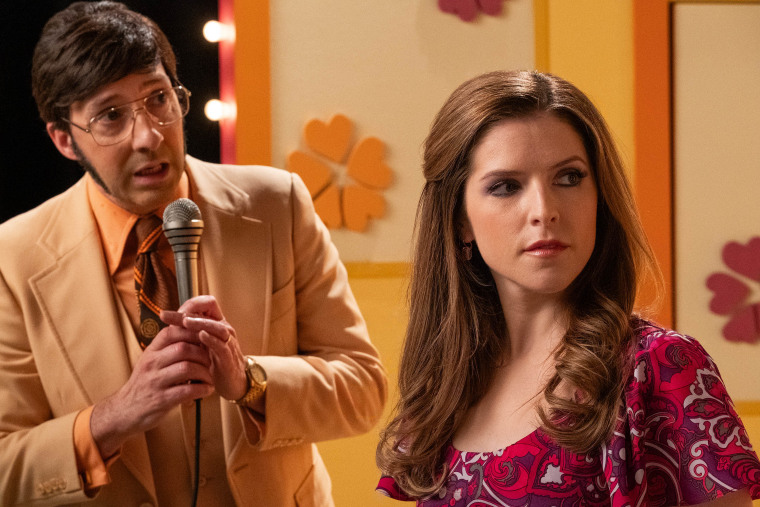
2024-10-19 04:25:04
When Cheryl Bradshaw appeared on “The Dating Game” in 1978, little did she know that the bachelor she chose to go on a date with, Rodney Alcala, was a serial killer.
Bradshaw came out unscathed from her brief run-in with Alcala on the show, but many women he encountered were not so lucky. Alcala was convicted of murdering six women and one girl throughout the 1970s, although authorities suspect he may actually have killed more than 100 people.
The story of Bradshaw’s encounter with Alcala on “The Dating Game” inspired “Woman of the Hour,” a new thriller out on Netflix on Oct. 18 starring Anna Kendrick as Bradshaw and Daniel Zovatto as Alcala.

The film, which marks Kendrick’s directorial debut, explores Alcala’s grisly crimes while also focusing on the stories of his victims.
Kendrick said it was chilling to research Alcala and learn how many times he evaded punishment.
“The hard part is diving into the story and the research, and just realizing how frequently this person was allowed to slip through the cracks in the system, because the system was really not set up to prioritize victims,” she told TODAY.com. “It makes me enraged sometimes … I hoped to capture that feeling of, ‘I can’t believe he keeps getting away with this. I can’t believe no one’s even looking for him.’”
Read on to learn more about the true story of Rodney Alcala.
Who was Rodney Alcala?
Alcala was a convicted murderer and sex offender. While he was convicted of the murders of six women and one girl, authorities suspect he could have been responsible for killing as many as 130 people in multiple states, according to The Associated Press.
Born in San Antonio in 1943, Alcala enlisted in the U.S. Army at 17 and was later discharged following allegations of sexual misconduct and a nervous breakdown, according to CBS News‘ “48 Hours.” Alcala went on to study fine arts at UCLA and worked as a typesetter for the Los Angeles Times, according to a 2010 profile of Alcala in LA Weekly.
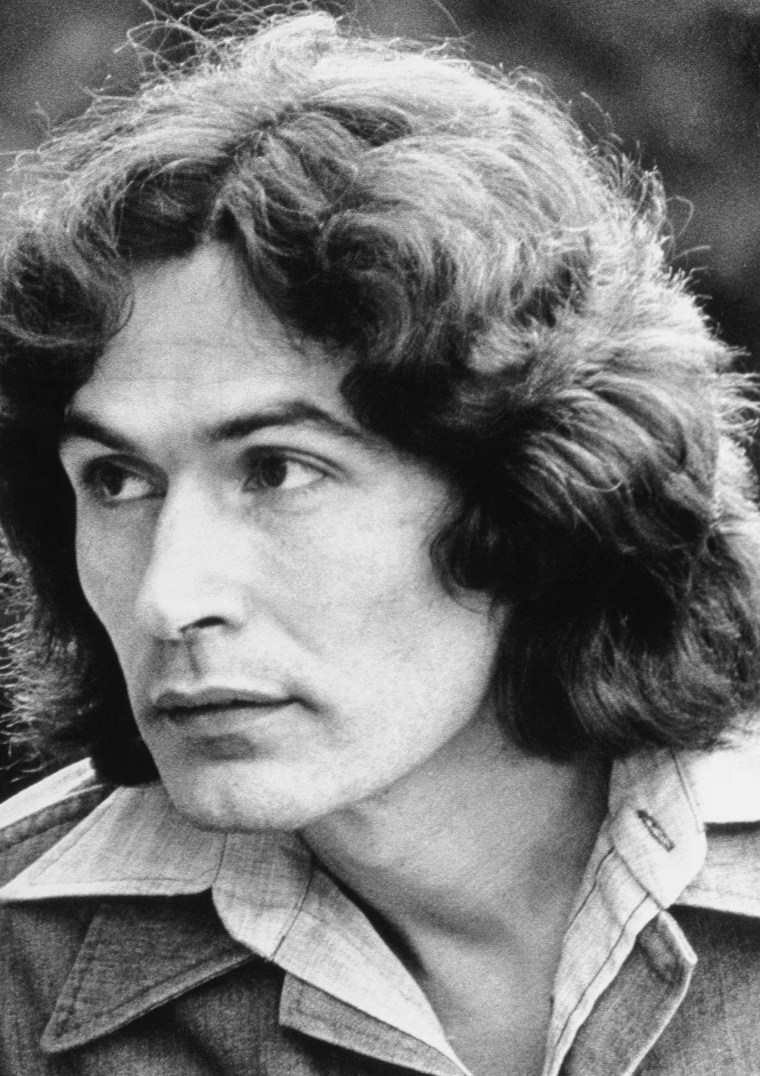
Alcala’s first known criminal conviction resulted from an incident in 1968. According to court documents, in September of that year, he lured an 8-year-old girl, Tali Shapiro, into his car, then took her to his Los Angeles home and brutally beat and sexually assaulted her. Shapiro survived thanks to a good Samaritan who alerted authorities after he saw Alcala bringing the little girl into his home, according to ABC’s “20/20.”
Alcala fled to New York following the attack and enrolled at NYU, an Orange County deputy district attorney told a 2018 investigation of Alcala by “48 Hours.” Later, using the fake name John Berger, he got a job as a counselor at a girls’ arts and drama camp in New Hampshire, “48 Hours” reported.
Authorities tracked him down after two girls from the camp recognized Alcala’s face on an FBI Most Wanted poster. Alcala ultimately took a deal and pleaded guilty to child molestation and registered as a sex offender, former LAPD detective Steve Hodel said on “48 Hours.”
Alcala was ultimately convicted of seven murders committed throughout the 1970s in California and New York.
In 1980, he received a death sentence in Orange County in connection with the 1979 murder of 12-year-old Robin Samsoe, according to the California Department of Corrections and Rehabilitation. The judgment was overturned in 1984, and he was granted a new trial. In 1986, he received a second death sentence.
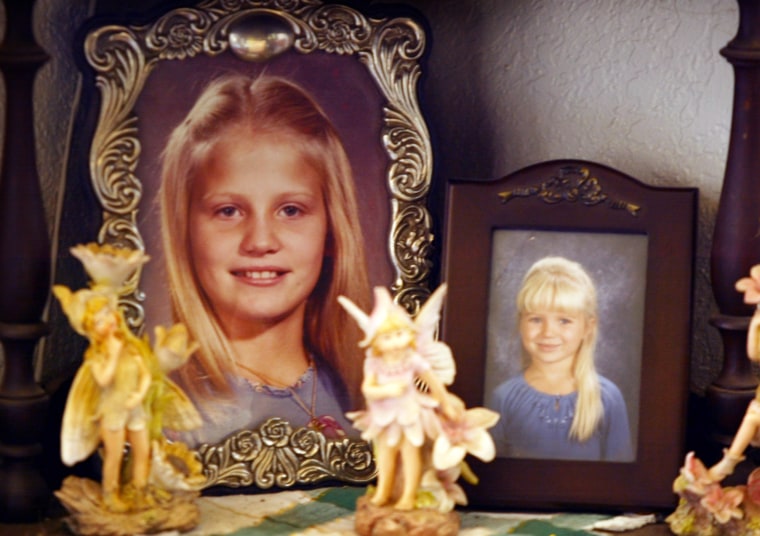
This sentence was once again overturned in 2003, but he was ultimately sentenced to death for a third time in Orange County in 2010.
That year, Alcala was convicted on five counts of first-degree murder for the killing of Samsoe, as well four others: the 1977 killings of Jill Barcomb, 18, and Georgia Wixted, 27, the 1978 murder of Charlotte Lamb, 32, and the 1979 murder of Jill Parenteau, 21, according to the CDCR.
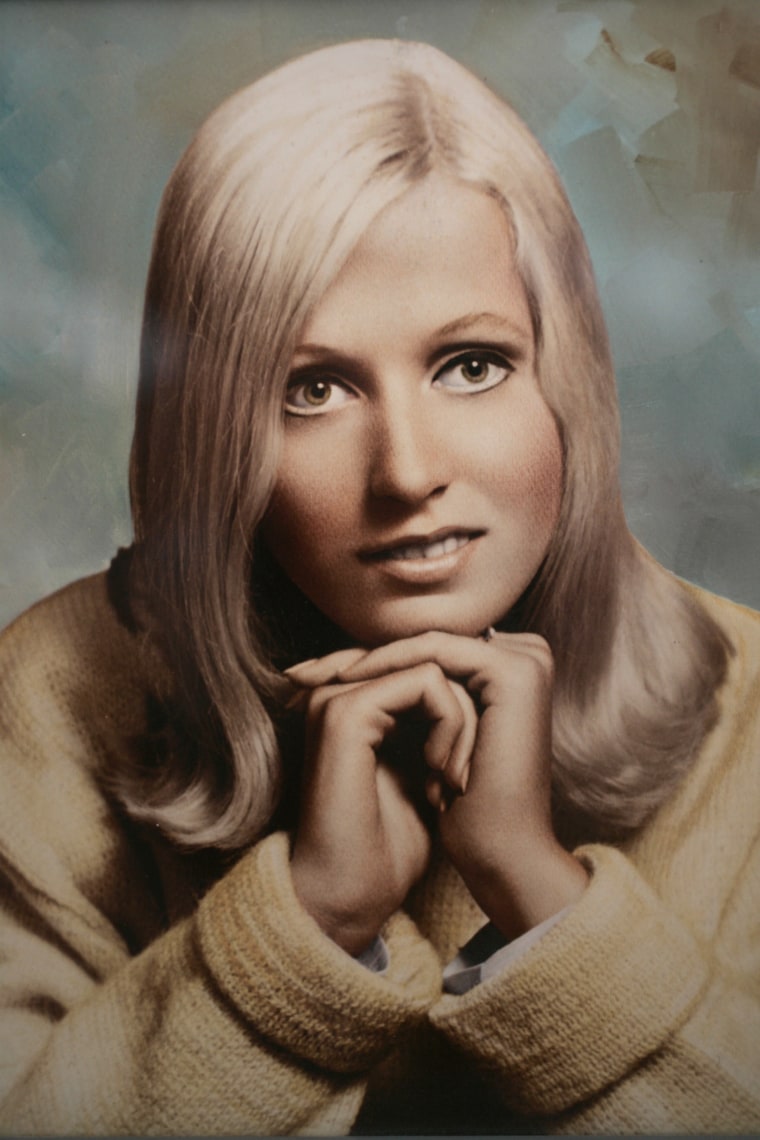
Alcala was convicted in 2012 of two more murders in New York: the 1977 killing of Ellen Jane Hover and the 1971 killing of Cornelia Crilley, according to the CDCR. The killing of Crilley occurred prior to Alcala’s move to New Hampshire, per “48 Hours'” timeline.
In 2010, authorities revealed that they had found more than 100 photos of unidentified women and children in a Seattle storage locker linked to Alcala.
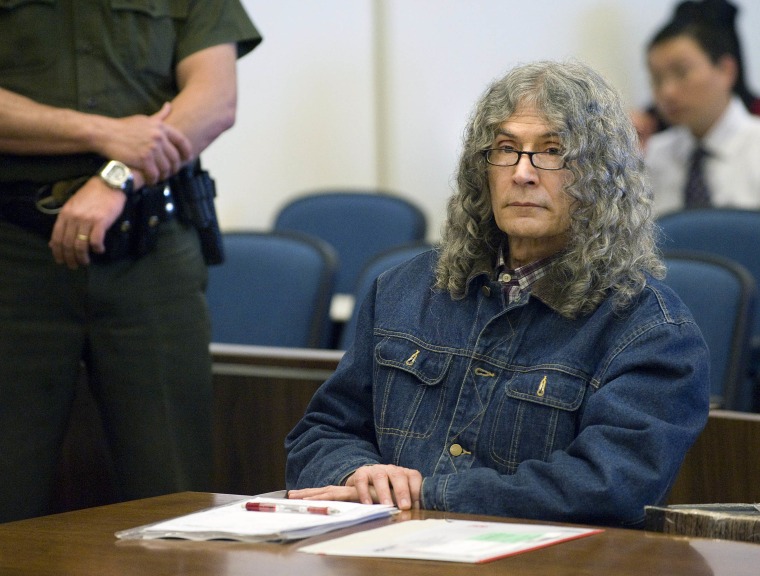
The Orange County District Attorney’s Office and the Huntington Beach Police Department released the pictures publicly in an appeal to identify other possible victims of the convicted killer.
“We balanced the privacy concerns of those depicted in the decision to release these pictures,” District Attorney Tony Rackauckas said in a 2010 release. “Although we hope that the people depicted are not victims, we believe the release may help solve some cold cases and bring closure to victims’ families.”
The release of these photos shed new light on the disappearance of Christine Ruth Thornton, a woman who disappeared at age 28 in 1977 and was later found strangled to death in Wyoming. She had been six months pregnant at the time of her disappearance, according to her family, prosecuting attorney Daniel Erramouspe told People.
Thornton’s family recognized her picture in the collection of photos from Alcala’s storage locker, and in 2016, Alcala was charged with her murder in Wyoming. That case did not move forward because Erramouspe said Alcala was too ill to be extradited from California to Wyoming, according to The Associated Press.
“All of this was before the 1978 appearance on ‘The Dating Game,'” Erramouspe told People. “I think the last thing he would have guessed is that somewhere up in Wyoming a case like this would be solved.”
What happened when Rodney Alcala went on ‘The Dating Game’?
In 1978, Alcala was a contestant in an episode of “The Dating Game.” The long-running show featured three bachelors vying for the affections of a bachelorette. She would choose the winning bachelor, sight unseen, based on how they answered her questions from the other side of a screen.
Alcala, whose criminal history was apparently not known by the show when he was cast on “The Dating Game,” was introduced on the show as a “successful photographer” who enjoyed skydiving and motorcycling.
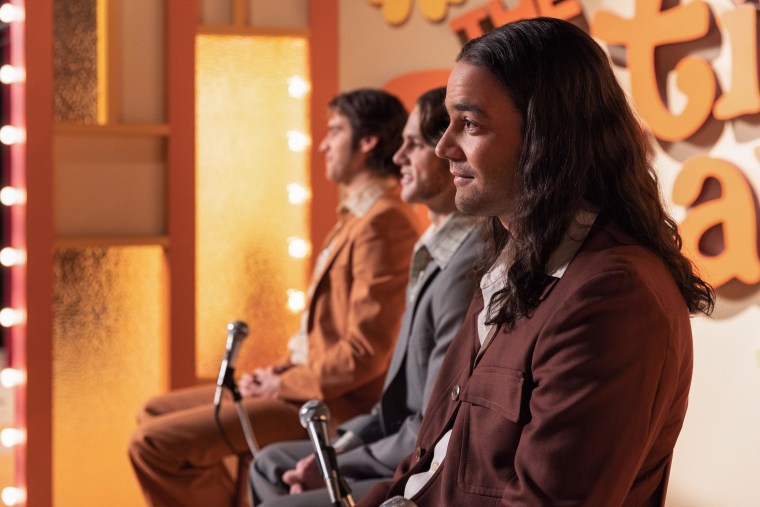
Following the usual tone of the show, Bradshaw and Alcala’s exchanges were full of flirtatious innuendo.
“What’s your best time?” Bradshaw asked Alcala, who replied, “The best time is at night, nighttime.”
“I am serving you for dinner. What are you called and what do you look like?” Bradshaw also asked Alcala.
“I’m called ‘the banana’ and I look really good,” he answered.
Asked to elaborate, he added, “Peel me.”
Bradshaw ended up choosing Alcala, and the two were promised a whirlwind date of tennis lessons and a trip to California’s Magic Mountain amusement park.
However, their date never took place. Bradshaw later said she was creeped out by Alcala’s behavior and backed out of their meeting, according to the show’s contestant coordinator, Ellen Metzger, in a “20/20” interview.
Jed Mills, the bachelor contestant who sat next to Alcala during the episode, also said he had found Alcala “creepy.”
“I noticed that right away,” Mills said on ABC’s “20/20” in 2021. “In the greenroom he jumps in and says, ‘I always get my girl.’ I immediately did not like this guy.”
What happened to Rodney Alcala?Alcala died at 77 of natural causes on July 24, 2021, at a hospital in Kings County, California, according to a release from the CDCR. He was on death row at the time.
Investigators had suspected him of or linked him to other murders in California, Washington, New York, New Hampshire and Arizona, according to the CDCR.





